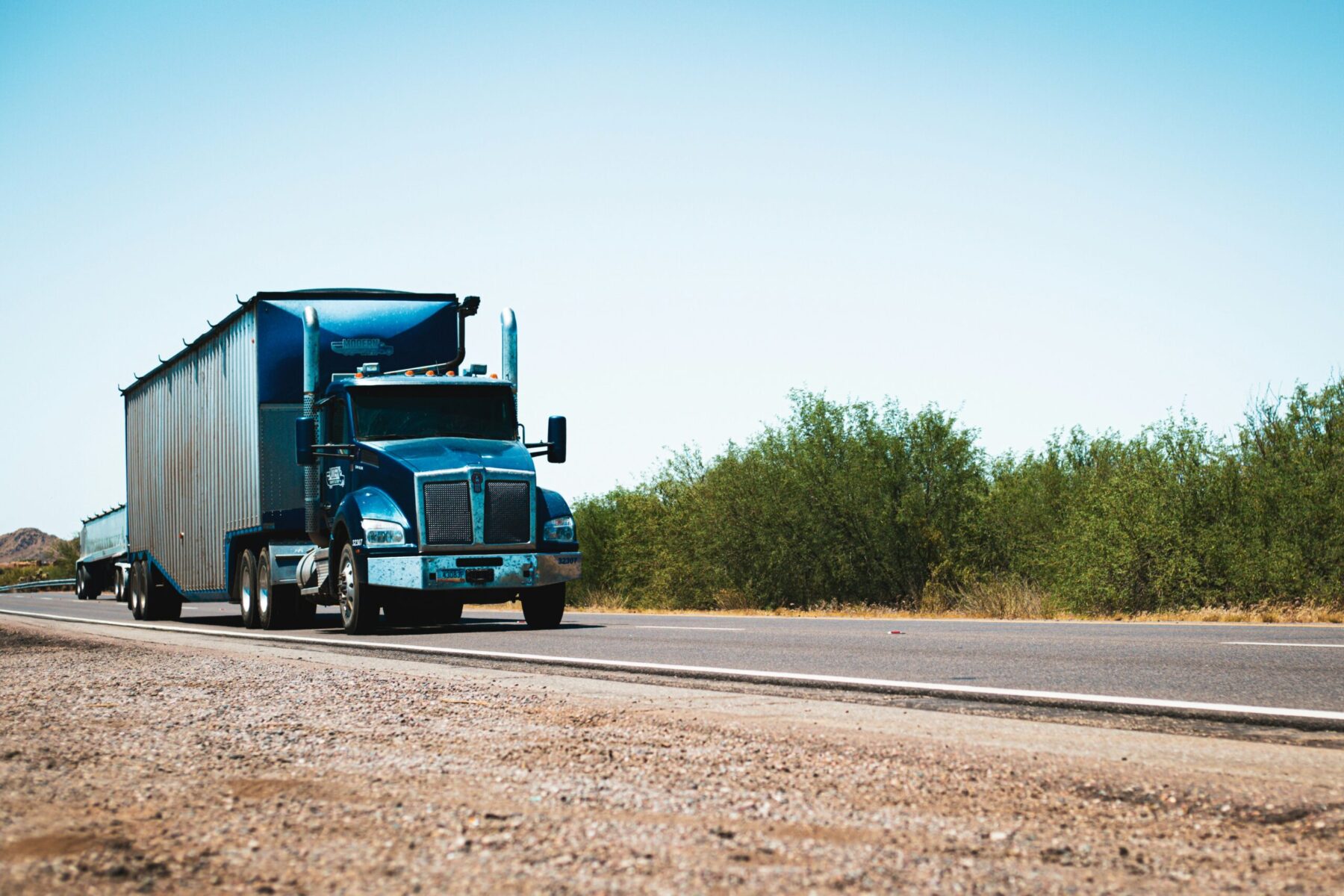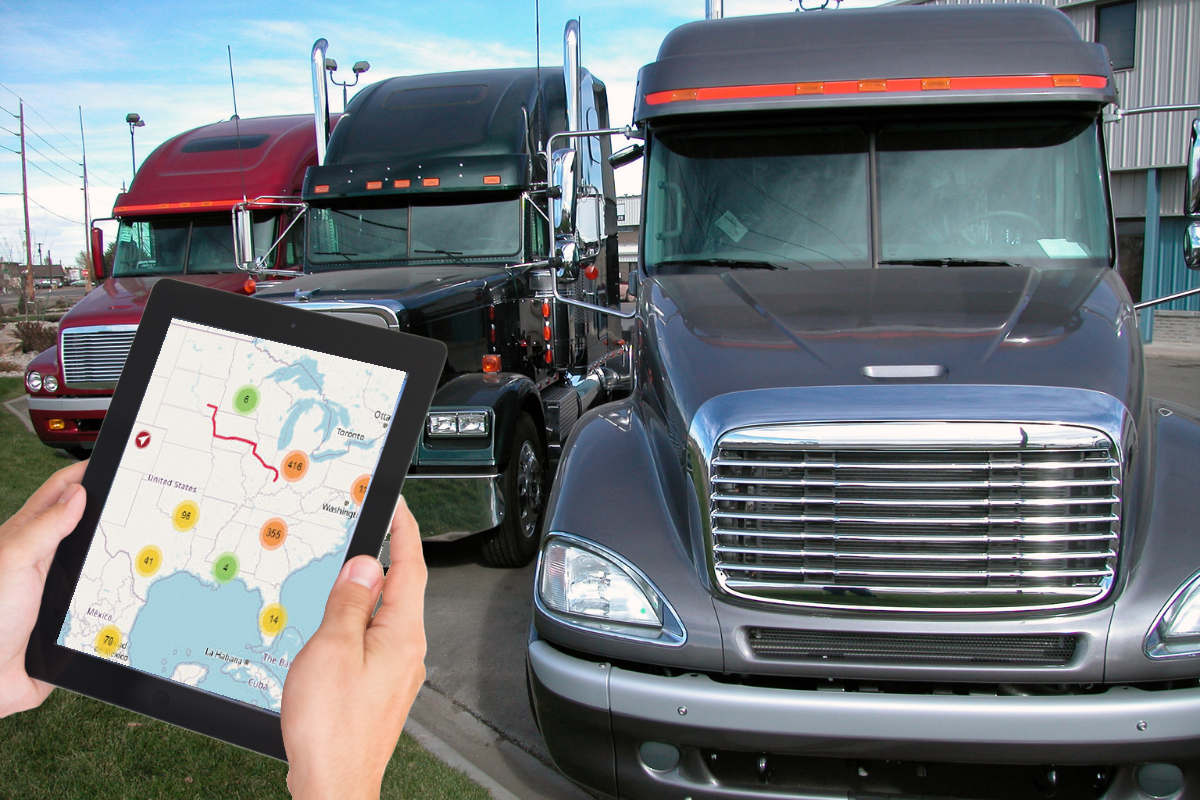Today’s supply chain moves fast, and choosing the right freight service can make a major difference in how efficiently your business operates. From hitting delivery deadlines to keeping transportation costs under control, the right logistics partner helps everything run smoothly. Yet with so many carriers and service types available (each claiming to offer the best combination of speed, price, and reliability) it can be tough to know which one truly fits your needs.
At Native American Logistics, we’ve seen how the right comparison process can uncover real value. This guide breaks down what to consider when evaluating freight service providers, how to measure performance, and how to find the best balance between timely delivery and cost savings.
1. Understand Your Freight Profile
Before you compare freight transport services, it’s essential to define your unique shipping profile. Every company has distinct logistics needs, and what’s “cost-effective” for one business might not apply to another.
Key factors to consider:
Shipment frequency – How often do you ship? Daily, weekly, or seasonally?
Load size – Are you shipping full truckloads (FTL), less-than-truckload (LTL), or expedited shipments?
Product type – Is your freight temperature-sensitive, fragile, oversized, or hazardous?
Delivery zones – Are you shipping domestically, regionally, or cross-border into Mexico or Canada?
Service requirements – Do you need liftgates, appointment scheduling, or inside delivery?
Understanding these details gives you a baseline for comparing providers on relevant criteria, rather than simply choosing the lowest quote.
2. Evaluate Transit Times and Service Reliability
When you compare freight transport services, speed and consistency often matter more than price alone. Late deliveries can cause production downtime, lost sales, and customer dissatisfaction, all of which cost more than a slightly higher shipping rate.
What to compare:
Average transit times for your primary lanes
On-time delivery rate (ask for performance metrics or KPIs)
Real-time tracking and visibility options
Contingency plans for delays, weather, or equipment breakdowns
Reliable freight providers should be able to provide historical data demonstrating their performance. Carriers that leverage track and trace technology or integrated logistics platforms can offer real-time visibility, allowing you to proactively manage delivery expectations and exceptions.
3. Compare Pricing Models and Accessorial Fees
Freight quotes can be tricky. What looks like a great deal on paper can quickly become costly when accessorial charges are added. Always compare total landed cost, not just the line-haul rate.
Common charges to watch for:
Fuel surcharges
Detention or layover fees
Liftgate or residential delivery surcharges
Cross-border fees or customs brokerage costs
Reconsignment or redelivery charges
Ask each carrier to itemize their pricing so you can make an apples-to-apples comparison. Some logistics providers offer contracted rates or volume-based discounts that can significantly reduce costs if you ship frequently on consistent lanes.
4. Analyze Mode Options
Selecting the right mode of transport is one of the most effective ways to balance cost and speed. Understanding your options, and when to use each, can make a major difference in overall efficiency.
Full Truckload (FTL):
Best for large shipments or when you need direct transit without cross-docking. Offers faster delivery times and less handling, reducing the risk of damage.
Less-than-Truckload (LTL):
Ideal for smaller shipments that don’t fill an entire trailer. Lower cost than FTL, but with slightly longer transit times due to terminal stops and freight consolidation.
Expedited Freight:
Perfect for time-sensitive shipments that need to reach their destination quickly. Expedited services can involve team drivers or air-ground combinations for speed.
Intermodal or Rail:
A cost-effective and environmentally friendly option for longer hauls that don’t require next-day delivery. Often used to stabilize costs when fuel prices are high.
Cross-Border Freight:
If you’re moving goods between the U.S., Mexico, or Canada, choose a logistics partner with customs expertise and bilingual coordination to ensure seamless transitions.
Partnering with a 3PL (third-party logistics provider) like Native American Logistics ensures access to multiple mode options through a single point of contact—allowing you to select the best mix of price and performance for each lane.
5. Check Technology and Communication Capabilities
Modern freight management relies heavily on technology. The right logistics provider should make it easy to book, track, and analyze shipments with real-time data.
Features to look for:
Digital load tracking and GPS visibility
Online portals for quotes, scheduling, and documentation
Integration with your ERP or transportation management system (TMS)
Automated alerts for pickup, in-transit, and delivery updates
KPI reporting dashboards for data-driven decision-making
Beyond technology, communication matters. Evaluate how quickly providers respond to quotes or issue resolutions. A team that communicates proactively can help you avoid surprises and keep your supply chain moving smoothly.
6. Review Safety, Compliance, and Insurance Standards
Safety and compliance aren’t optional, they’re essential. Poor compliance practices can lead to fines, cargo loss, or brand reputation damage.
When you compare freight transport services, verify that they meet federal and industry standards, including:
FMCSA registration and safety ratings
Valid operating authority and insurance coverage
Compliance with DOT regulations and ELD mandates
Proper handling certifications for specialized freight (hazmat, temperature control, etc.)
Reputable logistics partners like Native American Logistics make compliance a core value, ensuring every shipment is handled with the highest level of professionalism and care.
7. Consider Carrier Network and Scalability
If your business is growing, you need a freight partner that can scale with you. A strong carrier network enables flexibility and consistency across different lanes, modes, and market conditions.
Ask potential providers:
How large is their carrier network?
Can they support seasonal or peak volume surges?
Do they offer regional and national coverage?
Are they able to handle specialized freight or equipment needs?
A logistics provider with a broad, vetted carrier network can secure capacity even during tight markets, keeping your freight moving when others can’t.
8. Assess Customer Service and Partnership Approach
When you compare freight transport services, look beyond rates and technology. Consider the human factor. The best logistics providers act as an extension of your team, offering ongoing support, problem-solving, and performance insights.
Look for:
Dedicated account management
24/7 customer support availability
Personalized service for your shipping profile
Transparency in communication and billing
A true logistics partner doesn’t just move freight; they work to optimize your entire transportation strategy for long-term success.
9. Measure Performance with Metrics and KPIs
Once you’ve chosen a freight provider, continue to track performance using key performance indicators (KPIs). This data-driven approach ensures accountability and continuous improvement.
Common KPIs to monitor:
On-time delivery percentage
Cost per mile or per pound
Claims ratio (damage or loss frequency)
Average transit time
Invoice accuracy
Regular performance reviews with your logistics provider can uncover opportunities to streamline processes, adjust modes, and reduce total cost of ownership.
10. Partner with a Logistics Provider You Can Trust
Beginning to compare transport freight services can feel overwhelming, but the right partner simplifies the process. At Native American Logistics, we combine technology-driven transparency with a people-first approach to ensure every shipment is handled with precision and care.
Our expertise spans:
Premium transportation
Freight management
Cross-border logistics
Supply chain optimization
By focusing on proactive communication, measurable performance, and customized solutions, we help businesses achieve timely and cost-effective delivery—every time.
Looking Ahead
Finding the perfect freight service isn’t just about price or speed, it’s about finding the right balance between both. By evaluating your freight profile, analyzing service reliability, and partnering with a provider who prioritizes communication and compliance, you can build a transportation strategy that saves money, reduces risk, and supports your company’s long-term goals.
If you’re ready to optimize your shipping operations, Native American Logistics can help you compare, plan, and execute freight strategies that deliver real results. Contact us today!

Jeff Berlin
is the Chief Operating Officer of E.L. Hollingsworth & Co. and serves as the Senior Operations Executive for TOP Worldwide and Native American Logistics. With over 30 years of experience leading logistics and trucking companies, he brings deep industry expertise to his role. Jeff is also a CDL-A driver and a private pilot. Contact Jeff at jberlin@elhc.net.
 +1 877 781 3006
+1 877 781 3006 (52) 554-870-5682
(52) 554-870-5682



